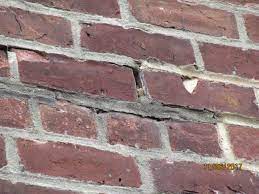1. Damp to External Walls
Commonly caused by the failure of the Damp Proof Course (DPC) or bridging the DPC by increasing external ground levels (usually 150mm above ground level).

2. Failed Gutters & Downpipes
The most common failure points of rainwater goods are at the corners of guttering, joins and rainwater outlets. A blocked gutter can cause damp issues / failure of masonry and can lead to structural issues if left long enough. The most common guttering defects are blocked rainwater outlets, corroded gutters, cracked guttering and failure of rainwater goods below ground level.

3. Roof – Structural Failure
In regards to roof structure, a whole host of defects can occur. These include woodworm, wet & dry rot, roof spread and sagging of purlins (a horizontal beam along the length of a roof, resting on principal beams and supporting the common rafters or boards).
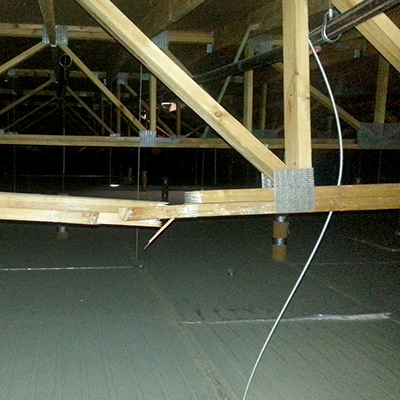
4. Roof – Coverings Failure
One of the most common failures of slate roof coverings are the nails holding the tiles to the batons corroding and causing the slates to move and slip out of place. Where concrete or clay tiles are used the tiles can crack and spool, leading to water ingress and structural problems due to rotting roof structures.
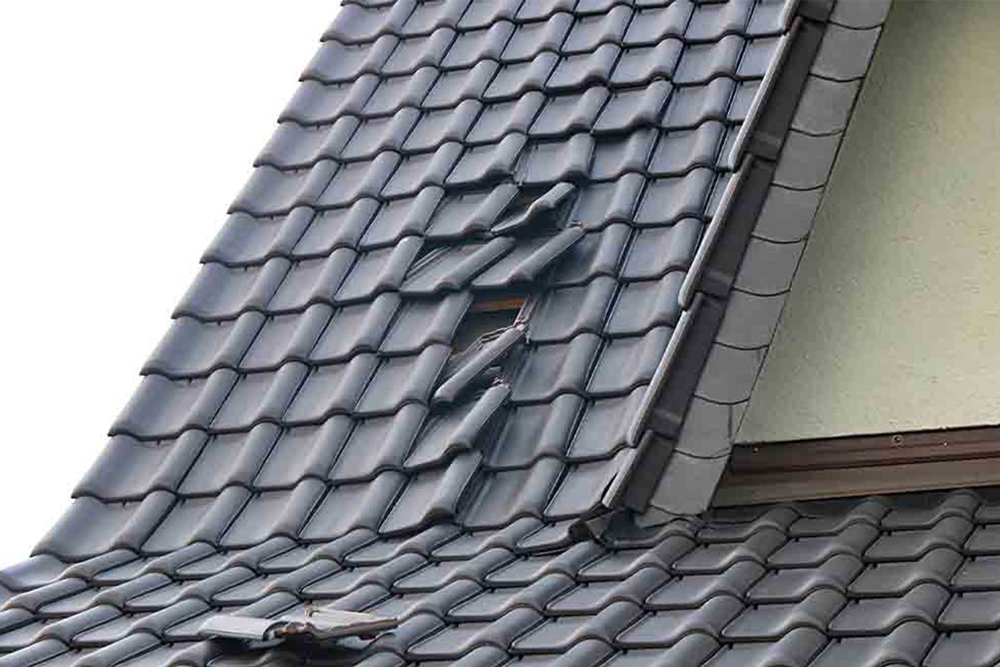
5. Structural Alterations
A lot of residential defects are caused by alterations to the original structure, where proper materials or expert design haven’t been used. For example, if a load bearing wall is removed, a proper steel structure design must be used to ensure the load can be taken safely and without fault.
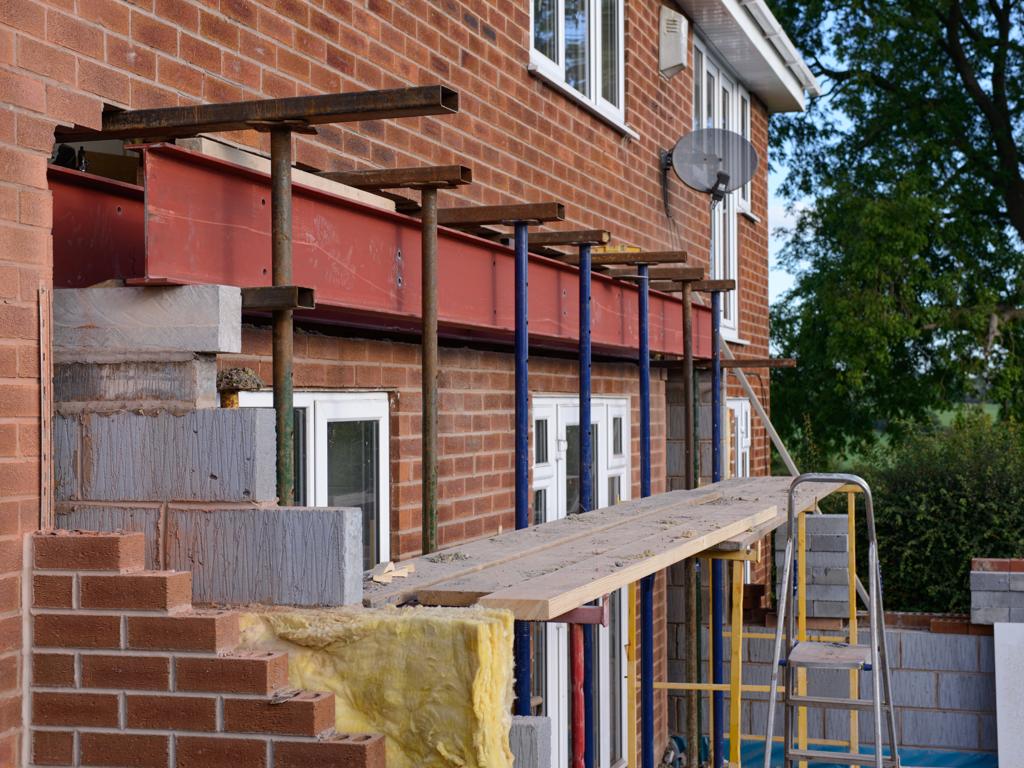
6. Condensation
Condensation dampness usually occurs when there is a high ‘relative humidity’ level, a measure of moisture content within the air. As the relative humidity increases past 100% moisture droplets form as condensation on cold surfaces. Many factors could cause the relative humidity to rise including a lack of proper ventilation, the number of building occupants, drying clothes internally or cooking.
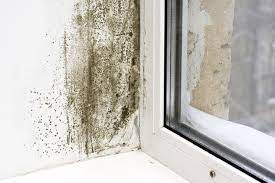
7. Condensation in Windows and Doors
The most common issue with uPVC doors and windows is condensation within the sealed double glazed unit, due to the degradation of the seals.
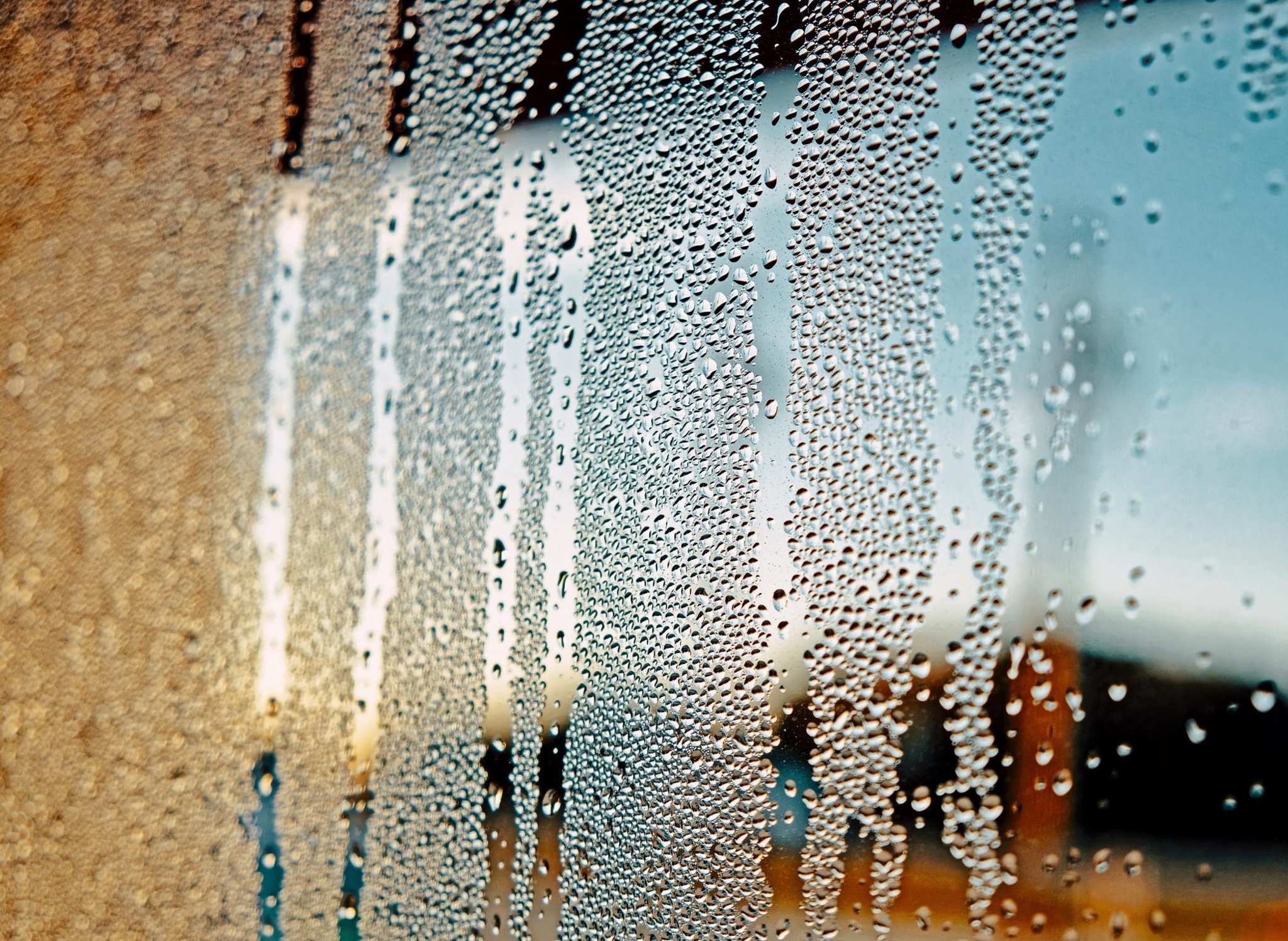
8. Defective Flat Roof
Older flat roof’s are generally constructed with a mineral felt or asphalt covering. These types of coverings generally have a life span of 10-20 years and therefore commonly found to be defective. Newer coverings, such as GRP (Glass Reinforced Plastic) can have a life span of 40 years + if maintained correctly. UV rays can cause degradation to the outer surfaces and there can be weathering and cracking to the various layers. Other defects can include faulted flashings and ponding – meaning that the roof does not drain effectively.
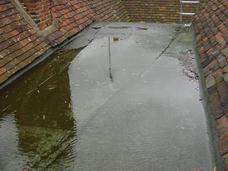
9. Structural Movement
Cracking, bowing or leaning walls and sticking doors or windows are all indicators of structural movement in your house. The main types of structural movement are subsidence, heave, settlement, thermal movement and seasonal movement.
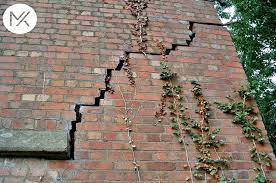
10. Eroded Pointing
Pointing to masonry walls used to be a lime based mix on older properties, however, on newer properties a harder cement based based mix is used. Pointing generally occurs to brickwork exposed to the elements and weathered over time, or due to failed guttering.
